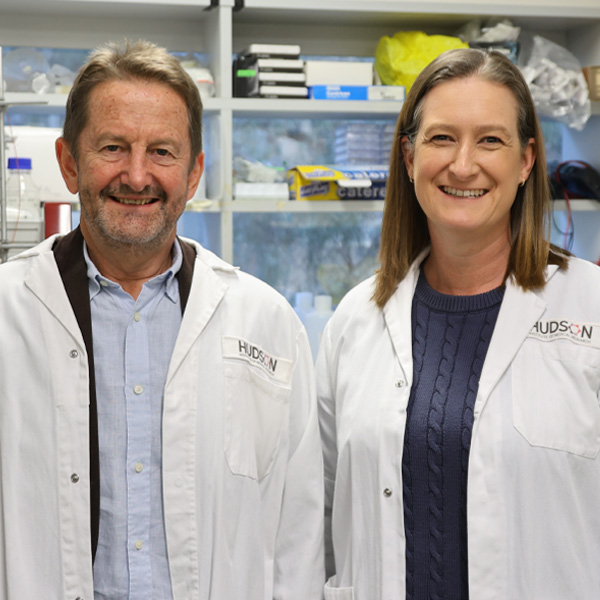
Researchers at the Hudson Institute of Medical Research have discovered a promising new treatment for Chronic Obstructive Pulmonary Disease (COPD) that could revolutionize care for millions. This breakthrough, which sidesteps many of the drawbacks associated with current medications, has emerged from an unlikely source.
COPD, a term encompassing conditions such as emphysema and chronic bronchitis, poses significant health challenges by making breathing difficult and often worsening over time. In Australia alone, it affects approximately 2 million individuals, primarily those over 40, and is a leading cause of morbidity and mortality.
Unexpected Discovery in COPD Treatment
The recent studies, conducted in collaboration with Monash Health and the Monash Biomedicine Discovery Institute, have identified that Pirfenidone, a drug commonly used to treat lung fibrosis, could effectively address some of the key issues with current COPD treatments.
Dr. Belinda Thomas from the Respiratory and Lung Research group explained that the standard COPD care typically involves steroids, which are effective at reducing inflammation. However, these steroids can exacerbate the problem by encouraging virus replication, which often triggers sudden COPD attacks, known as exacerbations.
The Role of Steroids in COPD Treatment
While steroids can mitigate inflammation, they introduce a host of side effects. The research team at Hudson Institute utilized a pre-clinical model mimicking COPD to test Pirfenidone, yielding promising results.
“Compared to steroids, Pirfenidone reduced disease severity, lowering both virus replication and airway inflammation, without reducing the immune response, which is what the steroids do,” Dr. Thomas stated.
Dr. Thomas emphasized the potential of Pirfenidone as a viable alternative to steroids, which are known for their adverse effects but have lacked a replacement until now.
Challenges and Side Effects of Steroid Use
Professor Philip Bardin, a leading figure in Respiratory Medicine and Emeritus Director at Monash Lung Sleep Allergy & Immunology, highlighted the severe side effects associated with long-term steroid use, including diabetes, hypertension, heart disease, and osteoporosis.
“They’re wonderful for inflammation, but it comes at a price,” Professor Bardin noted. “Pirfenidone had the opposite effect to steroids, in a way, because it dampened down infection and it helped with inflammation.”
Professor Bardin expressed optimism that if Pirfenidone is successfully translated into clinical practice, it could enable patients to reduce or eliminate their reliance on steroids, thereby avoiding the cumulative detrimental effects.
Implications for Future COPD Treatment
Pirfenidone is already registered for idiopathic pulmonary fibrosis treatment in Australia and globally, which could facilitate its repurposing for COPD. The findings of Professor Bardin, Dr. Thomas, and their team have been published in the American Journal of Respiratory Cell and Molecular Biology, and highlighted in Lancet Respiratory Medicine.
“We have a robust pre-clinical model showing that it works and there is likely to be a lot of interest in repurposing Pirfenidone in COPD,” Dr. Thomas said. “Steroids are commonly used and people just accept the fact that they have all these limitations, because people don’t think there is anything else. Pirfenidone was really hiding in plain sight.”
The discovery of Pirfenidone’s potential to prevent and treat COPD exacerbations could significantly impact patient outcomes, particularly since severe infections are a leading cause of premature death in COPD patients.
The medical community eagerly anticipates further clinical trials to validate these findings and potentially usher in a new era of COPD treatment. As researchers continue to explore Pirfenidone’s full capabilities, the hope is that it will offer a safer, more effective alternative to current therapies, improving the quality of life for millions affected by this debilitating disease.







